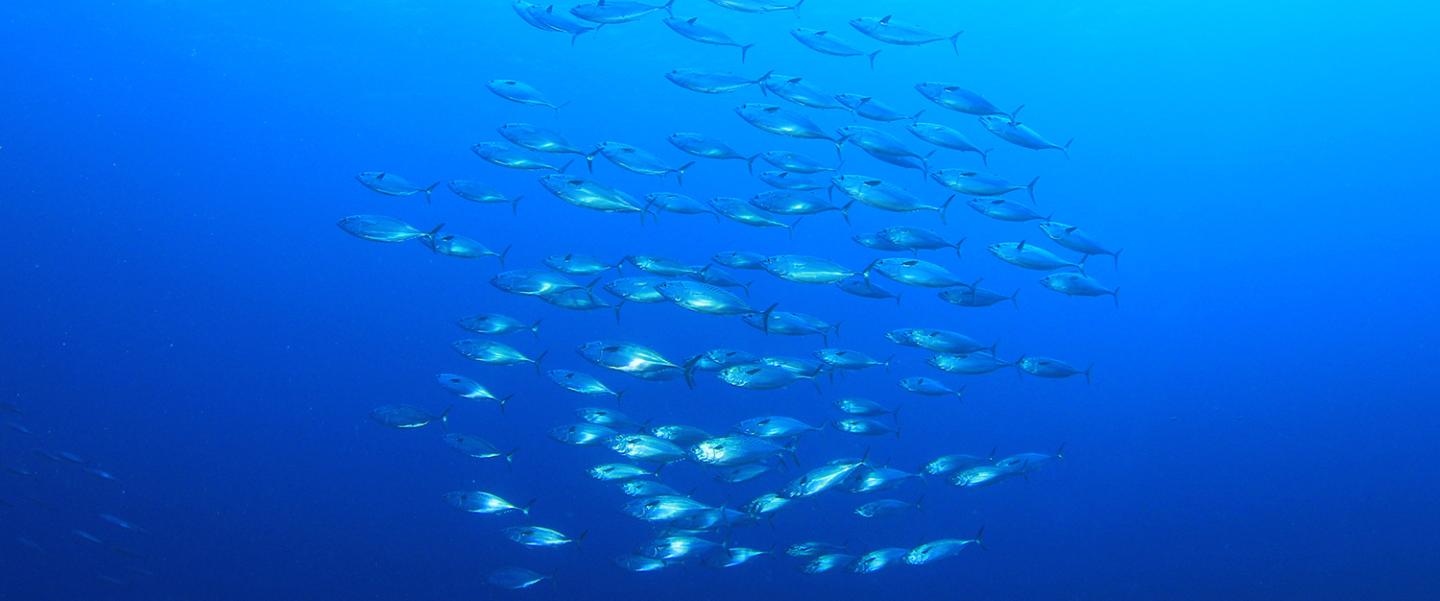Abt Global has marshalled a team of qualified large and small firms dedicated to furthering the National Oceanic and Atmospheric Administration’s (NOAA) comprehensive environmental intelligence mission. Abt has 25 years of experience working with NOAA’s major program offices on complex environmental projects ranging from policy research on the economic impacts of marine fisheries to evaluating the toxicological effects of oil on marine species, and includes projects on the Atlantic Coast, Pacific Coast, Gulf of Mexico, Great Lakes, Puerto Rico, U.S. Virgin Islands, and Hawaii.
What is NOAA ProTech?
Through ProTech, NOAA is building a cohort of industry partners committed to NOAA’s mission. The overall objectives of the ProTech program are to obtain high-quality professional and technical services, develop an industry base of partners, develop and maintain performance-based contracts, and contribute to the NOAA mission, a coalition-based approach that mirrors Abt’s own strategy to help protect the nation’s living marine resources.
How can Abt Help?
Abt embodies a science-to-practice approach supported by engaged leadership at all levels, complemented by a multidimensional team of 50 nationwide partners who all embody commitment to NOAA’s mission. Abt’s tools and capabilities are aligned to meet NOAA program priorities. For ProTech, our core capabilities include:
Studies, Analysis, and Reports
- Program Evaluation
- Climate Analysis
- National Environmental Policy Act (NEPA) Analysis
- GIS Analysis
Applied Research, Engineering, Consulting, and Operations
- Restoration Planning and Monitoring and Evaluation
- Technical Project Management
- Environmental Engineering
- Water Resources Planning
- Data Analysis, Synthesis, and Interpretation
- Socioeconomic Analysis
Field Sampling, Data Collection, and Surveys
- Economic Survey Development and Implementation
- Hydrologic, Ecosystem, and Climate Change Modeling
- Remote Sensing
Consulting, Program, and Project Management
- Natural Resource Damage Assessment (NRDA)
- Database Development and Data Management
- Science Communications
- Public Outreach and Engagement
- Meeting Support Services
Selected Work
Deepwater Horizon NRDA
Client: Deepwater Horizon (DWH) Oil Spill NRDA, National Ocean Service (NOS) Office of Response & Restoration (OR&R)
The primary objective of the DWH natural resource damage assessment (NRDA) was to help the NOS Office of Response and Restoration assess the impacts (“injuries”) of DWH oil on natural resources and to identify and evaluate habitat and resource restoration options to ensure that the public was appropriately compensated. The Abt team provided technical and scientific support on all aspects of the injury assessment and restoration planning, including data collection and management; modeling of ocean and environmental systems; geographic information systems and remote sensing; social science, socioeconomics, and surveys; document development and editorial and graphics support; and programmatic support and facilitation.
NRDA Support Services, NOAA Damage Assessment, Remediation, and Restoration Program (DARRP)
Client: NOAA
This contract is a comprehensive professional support services vehicle for the NOAA DARRP. Since the 1980s, Abt has provided comprehensive science, economics, knowledge management, geographic information systems (GIS), and data support services on a broad array of NRDA-related projects. Recent experience under this contract includes supporting injury assessment and restoration planning for the LCP Chemicals NRDA in Brunswick, Ga.; conducting a stated preference survey to evaluate willingness-to-pay (WTP) for various restoration options following the removal of two dams on the Elwha River, Wash.; assessing economic impact of marine debris on tourism-dependent communities; conducting a needs analysis and recommending approaches for NOAA’s Assessment and Restoration Division (ARD) web-based Knowledge Management System; and supporting the development of a marsh assessment compendium and organizing the 2015 Field Assessment and Science Techniques (FAST) workshop for NOAA ARD staff.
Manoomin Culture and Ecosystem Characterization Study
Client: NOAA Office for Coastal Management
The Lake Superior Manoomin Cultural and Ecosystem Characterization Study is a project initiated by a team of Lake Superior Basin Anishinaabe communities and federal and state agencies. The focus is on documenting and characterizing (1) the perspectives, cultural identity, and cultural and spiritual practices of the Anishinaabe people with respect to manoomin and (2) the critical ecological importance and functions of manoomin waters as indicators of a high-quality, high-functioning, and biodiverse ecosystem in the Lake Superior basin. The team developed a set of cultural and ecological metrics to characterize seven case study sites around Lake Superior. Based on these characterizations, the team used a Habitat Equivalency Analysis to determine the amount of restoration need to counter-balance the lost manoomin habitat functionality. Preliminary results from this study highlight the difficulty in restoring the cultural and ecological functionality of degraded manoomin habitat, and the importance of preserving and protecting existing manoomin habitat. For example, even with successful restoration, the manoomin habitat has had significant cultural and ecological losses over a long period of time, which often means that many more acres of restoration are needed to counter-balance the lost functionality. Additionally, the study found that restoration must be adaptive, meaning what worked in the past may not be successful in the future as the habitat faces additional or heightened threats like climate change.





